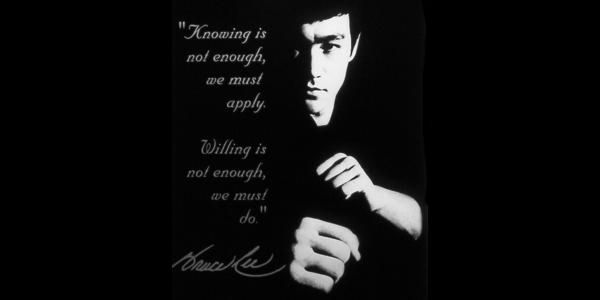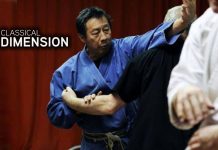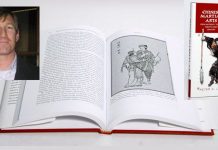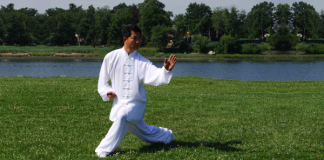
No set of rules or codified techniques exist for Jun Fan Jeet Kune Do and this art uses methods and techniques from all styles, not just empty hand systems, but weapons systems as well. Whatever is effective can and should be used in self-defense.
Jun Fan Jeet Kune Do is seen by its practitioners as a road to self-discovery and self-examination. Its followers consider Jun Fan Jeet Kune Do to be a point of view rather than a school or style of martial art. To this end, Bruce Lee was against setting up systematic methods of instruction, for once more than a few students enrolled in a school, the techniques and instruction would have to become codified and the result would be that the students would undergo repetitious drills, forms practice and prearranged sparring, to the detriment of developing the ideal awareness of what Jun Fan Jeet Kune Do really attempts to do. It is up to the student to gather the necessary experience and develop his or her own repertoire.
Instead of confining oneself to sparring only other Jun Fan Jeet Kune Do students, the practitioner should pursue opportunities to spar any kind of fighter and learn what he or she can from the experience. The study of different fighting systems could aid in the development of proper Jun Fan Jeet Kune Do perspective, but only if the student devoted time to studying the strengths and weaknesses of any system, and deciding what he or she could use from each system. In this way, Jun Fan Jeet Kune Do is heavily reliant on experience and theory. ~ The Martial Arts Encyclopedia by Jennifer Lawler.
More About Jun Fan Jeet Kune Do
Jun Fan Jeet Kune Do is a modern style of Wushu created by the renowned martial artist Bruce Lee. The name means, literally, “Way of the Intercepting Fist,” and the most famous tenet is “absorb what is useful, reject what is useless, add what is specifically your own.” The style emphasizes simplicity. No forms are taught, nor are set techniques designed to counter other techniques. Instead, the style attempts to take a problem solving approach.
The essentials are to preserve the center line, a concept Lee learned from Wing Chun Wushu, which he studied; to maintain a constant rhythm, and to begin sparring immediately. The simplicity of approach is also evident in the central idea of blocking and attacking at the same time.





